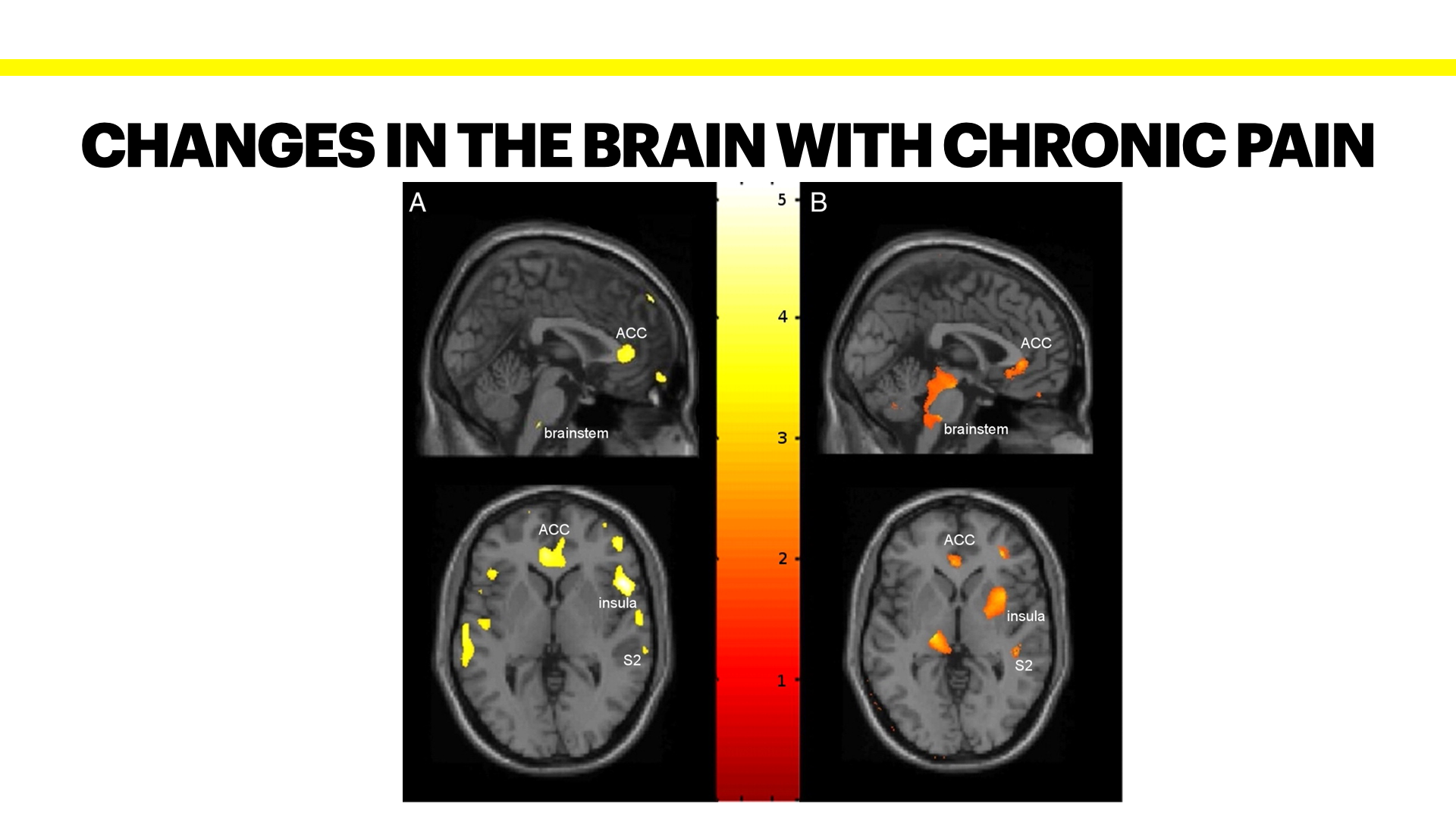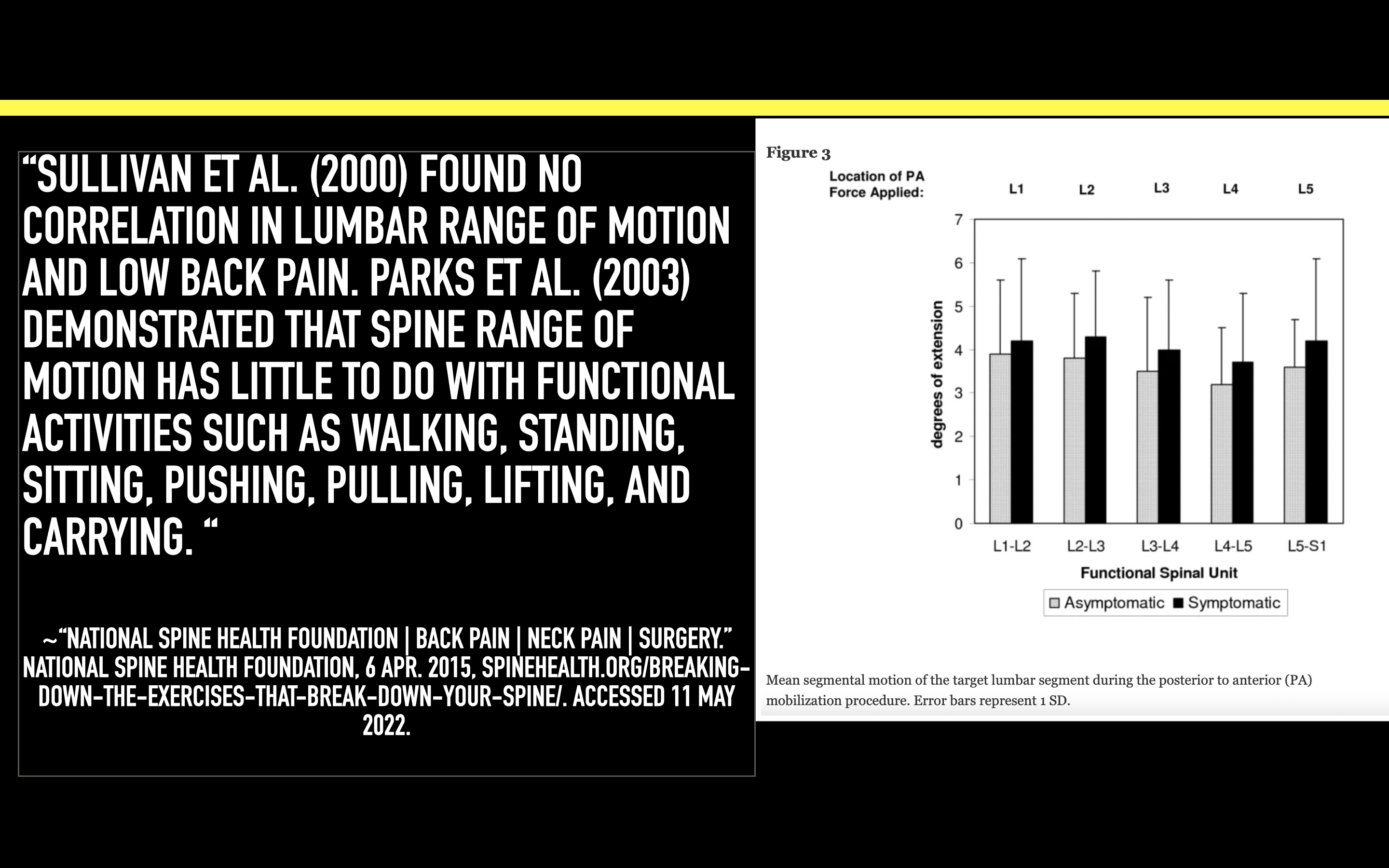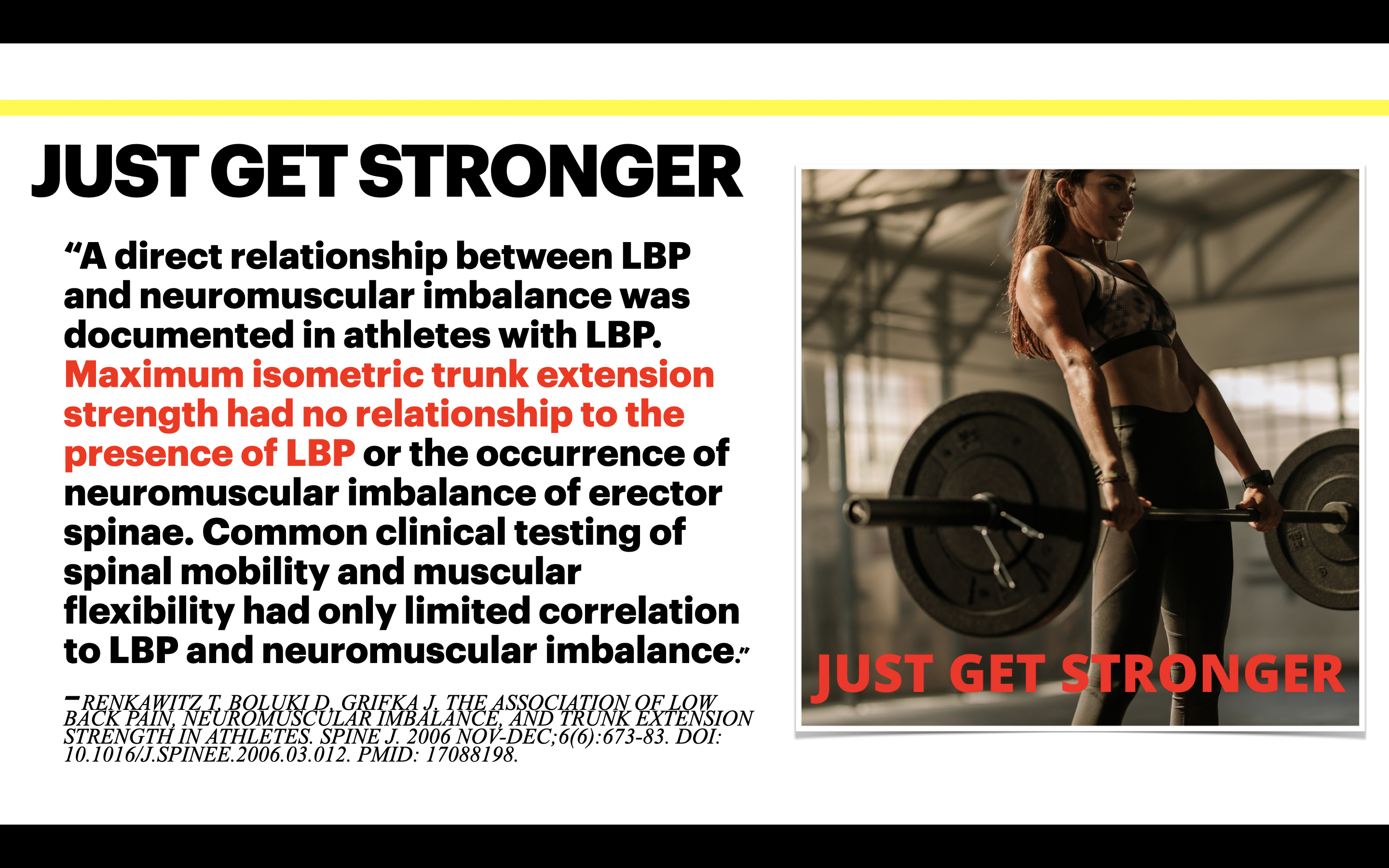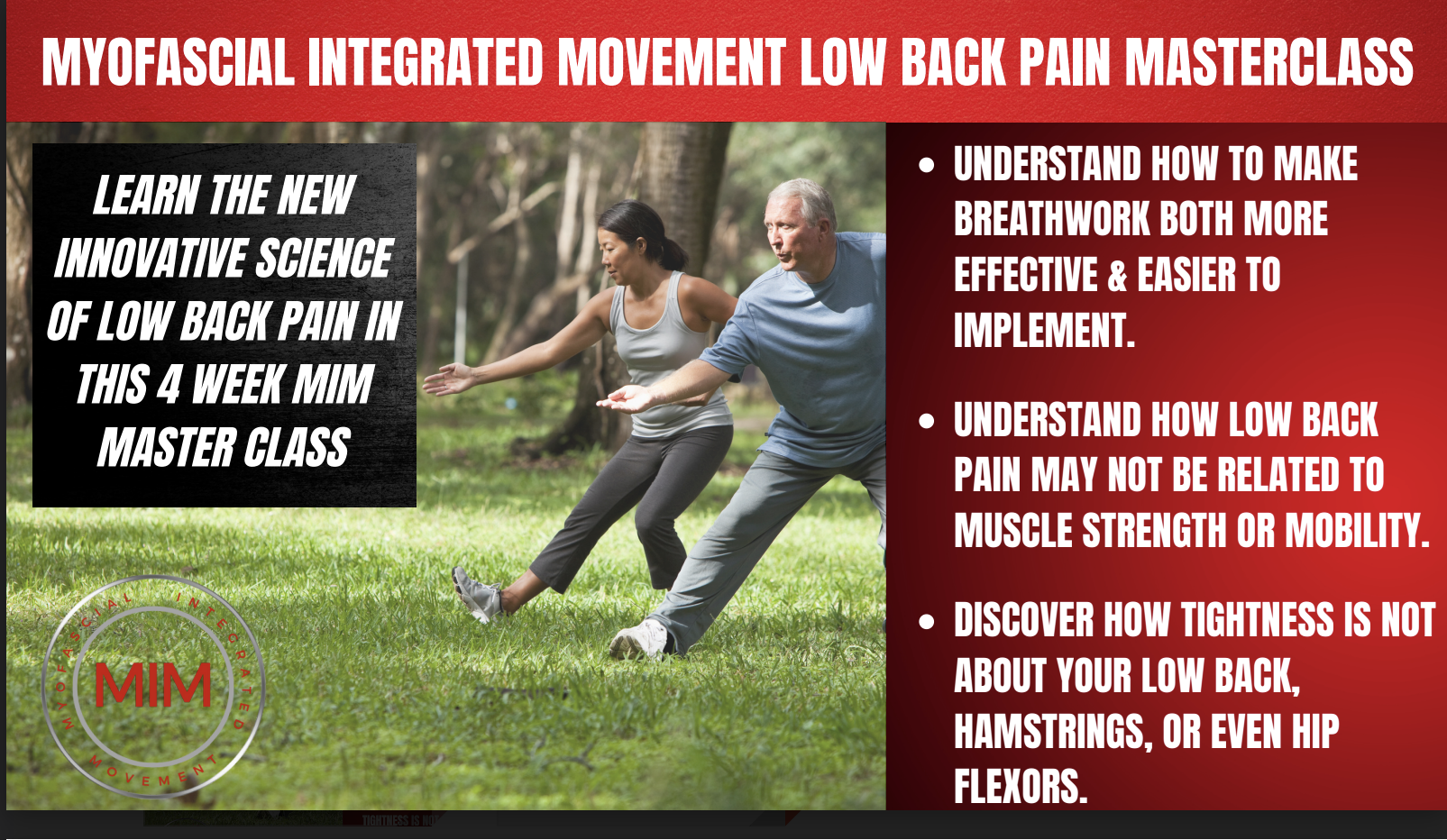The 3 Biggest Myths Of Low Back Pain
2023-09-24
Since I was 14, I’ve battled low back pain. It was during a high school basketball game and I got shoved in the back and dropped with horrendous pain. Taken to the ER, doctors told me I had herniated discs that were causing my pain and that we would try some physical therapy to get me back, but wondered if I would be able to play again.

This wasn’t because they didn’t believe the injury could resolve, but because upon examination they found a significant disease process had already started in my spine. So, low back pain has been a big part of my life. That of course caused me to take great interest in understanding low back pain and one thing I have learned in almost the 35 years since most first injury is that low back pain is actually quite complicated.
It is in fact impossible to address all the aspects of low back pain in a single post so I will do a series to help get to what we don’t today. However, my goal is to hit on some of the BIGGEST myths and misunderstandings of low back pain that often send people down the wrong direction.
Low Back Pain Is Always About The Low Back
It took me having experience chronic pain myself for years to look outside of the common ways that most of us are taught to think about low back pain. For many years, like so many, I only just looked at physical factors (strength, stability, mobility, etc. which you will find out is not the case) and not the potential for other issues to contribute to my low back pain.
While I actually have very definitive structural changes that have absolutely caused me to have spinal problems, research has found that 80-90% of low back pain is not a result of significant structural issues (1). Such type of low back pain is known as “nonspecific low back pain”. This is a VERY complex topic that we could address from many angles (we will this week), but it starts the conversation around what is known as neuroplastic pain.

You may have heard of this term and some have misrepresented it as “pain that’s in your head.” That is true, but a poor way of describing this concept as it makes many people to believe that it is “made up” pain by the individual. This type of pain is VERY real, but it is related to changes in the brain.
“Neuroplasticity (defined as “the ability of the nervous system to change its activity in response to intrinsic or extrinsic stimuli by reorganizing its structure, functions, or connections”) has positive characteristics (known as adaptive), which may also become negative (maladaptive).” (2)
What can fitness pros and exercise have to do with helping this type of issue (with its prevalence you think we would have better strategies to deal with these brain changes), the fact is quite a bit. While we can’t solve everything we can do quite a bit of help with mind-body practices. What is a mind-body practice?
There are many examples of mind-body practices (yoga, tai chi, mindfulness, hypnotherapy, meditation, etc.), they generally involve trying to relax the mind and the body through the use of breath and in many cases the use of movement as well. There is a very intentional focus on the state of mind, intent of movement, and more. DVRT has elements of mind-body practices and in certain drills can be thought of as mind-body practices, but overall due to the load and elements, we do not have the same type of mind-body practices as we can find in other systems.

That is why we created our Myofascial Integrated Movement system (MIM) to help people learn and better understand how mind-body practices can fit in with their other training and in their daily life. These movements are combined with specific breath work and myofascial stretching that helps us improve our core stability, mobility, and movement skills as well. Giving us many benefits to such practices will help us enhance our efforts to improve the results we get from those with low back pain.
Low Back Pain Requires More Spinal Mobility
Many times I see fitness pros referencing low back pain needs more mobility training of the spine. This misunderstanding probably stems from both seeing people with low back pain not moving very well as well as it is often engrained in fitness that mobility fixes everything. Little do people realize that limited movement of many people’s spines with low back pain is due to guarding because of the pain. So, we don’t even know if people truly do not have spinal mobility, or if their nervous system is protecting their body because of the experience of pain.
In fact, research shows that people with low back pain actually have typically TOO much movement of their spine that results in instability. “Sullivan et al. (2000) found no correlation in lumbar range of motion and low back pain. Parks et al. (2003) demonstrated that spine range of motion has little to do with functional activities such as walking, standing, sitting, pushing, pulling, lifting, and carrying.” (1)

This is the whole reason that fusions are performed as a very common remedy to more severe low back pain cases (only about 5% of low back pain people actually get surgery). The procedure is done to stabilize the very unstable segments that could be causing issues.
Low Back Pain Requires More Low Back Strength
Another common recommendation in fitness, even happens in the therapy world, is that if you have low back pain, you need more low back strength. Research doesn’t necessarily support this idea overall though. As you can see in the slide below, research shows very limited relationships of low back strength and mobility to low back pain.

The reality is that low back pain is more related to a concept of motor control than strength. Motor control isn’t really about a particular muscle, but how muscles work together during movement. This is why ensuring good movement patterns are built is one of the most important aspects of helping low back pain. It also explains the TRUE purpose of drills like hip bridges, it isn’t really about building just the glutes, but restoring how the glutes work with the hamstrings and core muscles. That is why our hip bridges look different than what you see often on social media.
Don’t miss the special opportunity to join us for our 4-week online Myofascial Integrated Movement Chronic Low Back Pain MasterClass. Discover how to bring innovative pain science to real world training and get our early bird price this week only HERE! Class starts October 27th, but early bird ends at the end of this week.
References:
Balagué, F.; Mannion, A.F.; Pellisé, F.; Cedraschi, C. Non-specific low back pain. Lancet 2012, 379, 482–491.
Peterson, J.C. The adaptive neuroplasticity hypothesis of behavioral maintenance. Neural Plast. 2012, 2012, 516364.
Qin J, Zhang Y, Wu L, He Z, Huang J, Tao J, Chen L. Effect of Tai Chi alone or as additional therapy on low back pain: Systematic review and meta-analysis of randomized controlled trials. Medicine (Baltimore). 2019 Sep;98(37):e17099. doi: 10.1097/MD.0000000000017099. PMID: 31517838; PMCID: PMC6750325.
© 2025 Ultimate Sandbag Training. Site by Jennifer Web Design.







